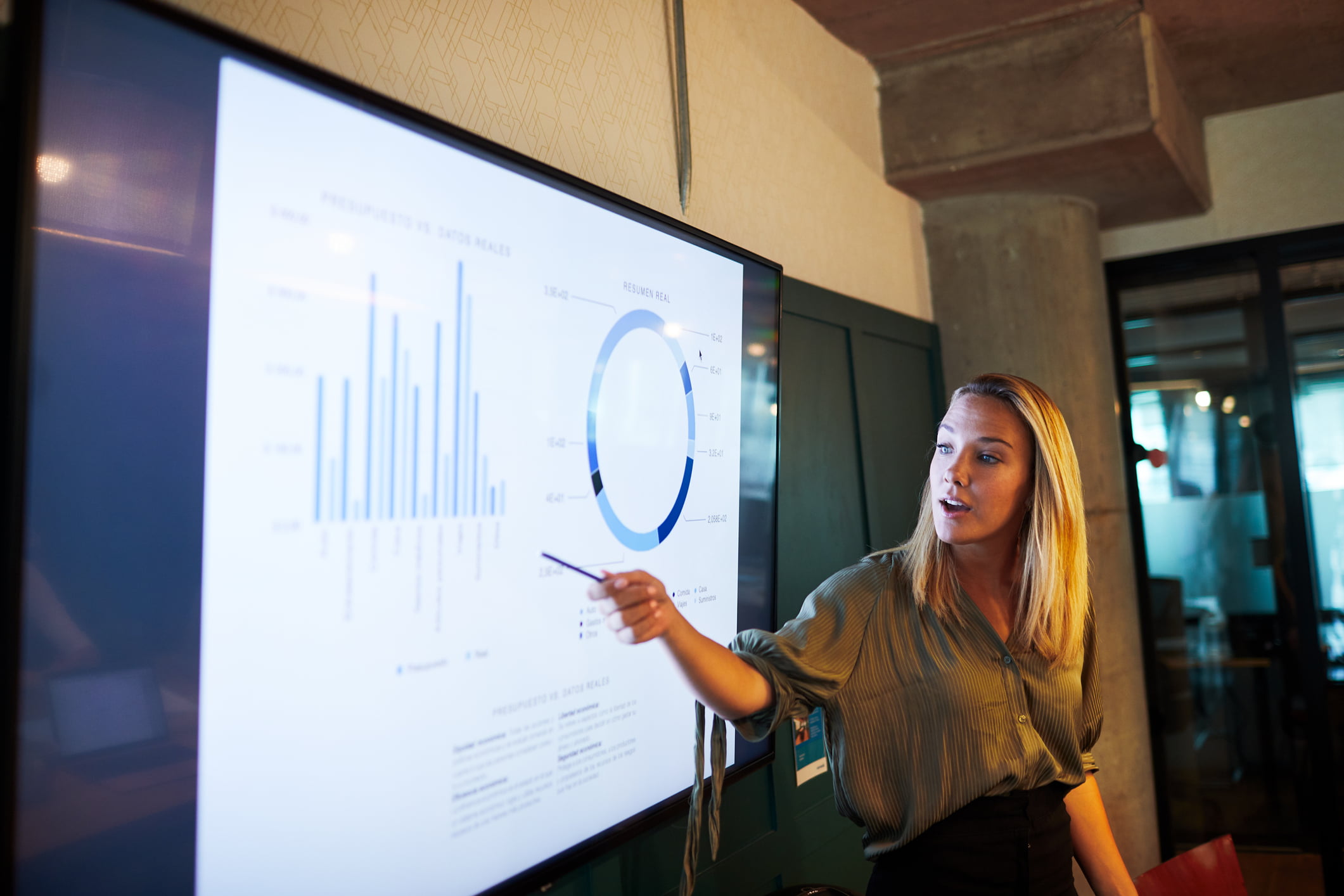Businesses of all sizes have an important role to play in addressing the climate emergency. Having a science-based target will show you exactly how much and how quickly you’ll need to reduce greenhouse gas (GHG) emissions to prevent the worst effects of climate change.
Science-based targets can work for organisations of any size. However, according to a survey by the SME Climate Hub, two in three SMEs don’t think they have the skills needed to transition to net zero, which means setting targets can be difficult.
Larger organisations are more likely to have the knowledge and capability to set science-based targets as part of a wider sustainability strategy, but for smaller organisations, hiring a sustainability professional or consultancy can help them understand how to achieve net zero or the logistics of creating a science-based target.


